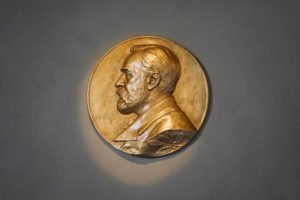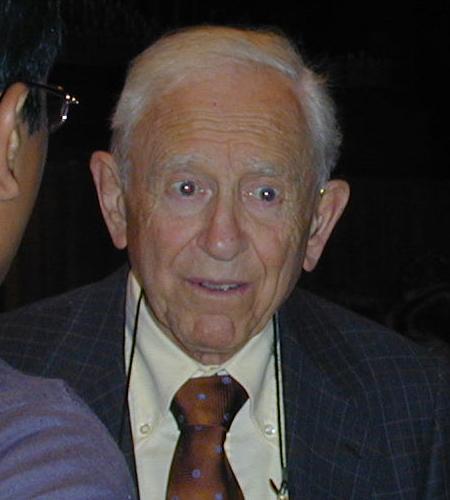
Franco Modigliani
1918-2003

Franco Modigliani, an American born in Italy, received the 1985 Nobel Prize on the basis of two contributions. The first is “his analysis of the behavior of household savers.” In the early 1950s Modigliani, trying to improve on Keynes’s consumption function, which related consumption spending to income, introduced his “life cycle” model of consumption. The basic idea is common sense, but it is no less powerful for that. Most people, he claimed, want to have a fairly stable level of consumption. If their income is low this year, for example, but expected to be high next year, they do not want to live like paupers this year and princes the next. So, Modigliani argued, people save in high-income years and spend more than their income (dissave) in low-income years. Because income begins low for young adults just starting out, then increases in the middle years and declines on retirement, said Modigliani, young people borrow to spend more than their income, middle-aged people save a lot, and old people run down their savings.
The second contribution that helped Modigliani win the Nobel Prize is the famous Modigliani-Miller theorem in corporate finance (see corporate financial structure). Modigliani, together with Merton Miller, showed that under certain assumptions, the value of a firm is independent of its ratio of debt to equity. Although Modigliani claimed his two articles with Miller were written tongue-in-cheek, that is not how Miller, the Nobel Prize Committee, or financial economists took them. Their insight was a cornerstone in the field of corporate finance.
Modigliani also wrote one of the articles that started the rational expectations school of economics. In a 1954 article he and coauthor Emile Grumburg pointed out that people may anticipate certain government policies and act accordingly. Modigliani strenuously objected, though, to the lengths to which the rational expectations school has taken this basic insight.
Modigliani considered himself a Keynesian. A cartoon on his office door in 1982 said: “With your permission, gentlemen, I’d like to offer a kind word on behalf of John Maynard Keynes.” Modigliani left fascist Italy in 1939 because he was both Jewish and antifascist. He earned his Ph.D. from the New School of Social Research in 1944. Modigliani taught at the New School from 1944 to 1949 and was a research consultant to the Cowles Commission at the University of Chicago from 1949 to 1952. He was a professor at Carnegie Institute of Technology from 1952 to 1960, at Northwestern University from 1960 to 1962, and at MIT from 1962 until his death. He was president of the American Economic Association in 1976.
About the Author
David R. Henderson is the editor of The Concise Encyclopedia of Economics. He is also an emeritus professor of economics with the Naval Postgraduate School and a research fellow with the Hoover Institution at Stanford University. He earned his Ph.D. in economics at UCLA.
Selected Works
Related Entries
